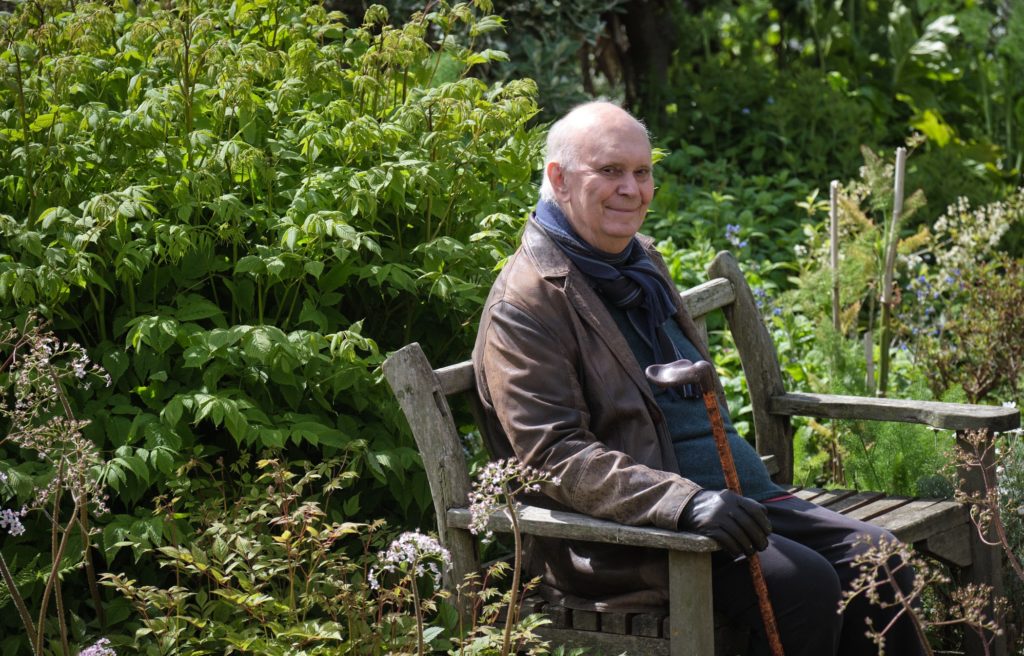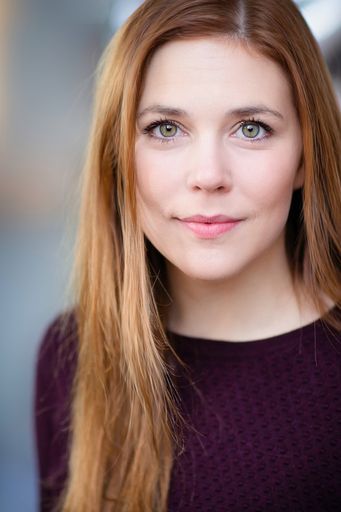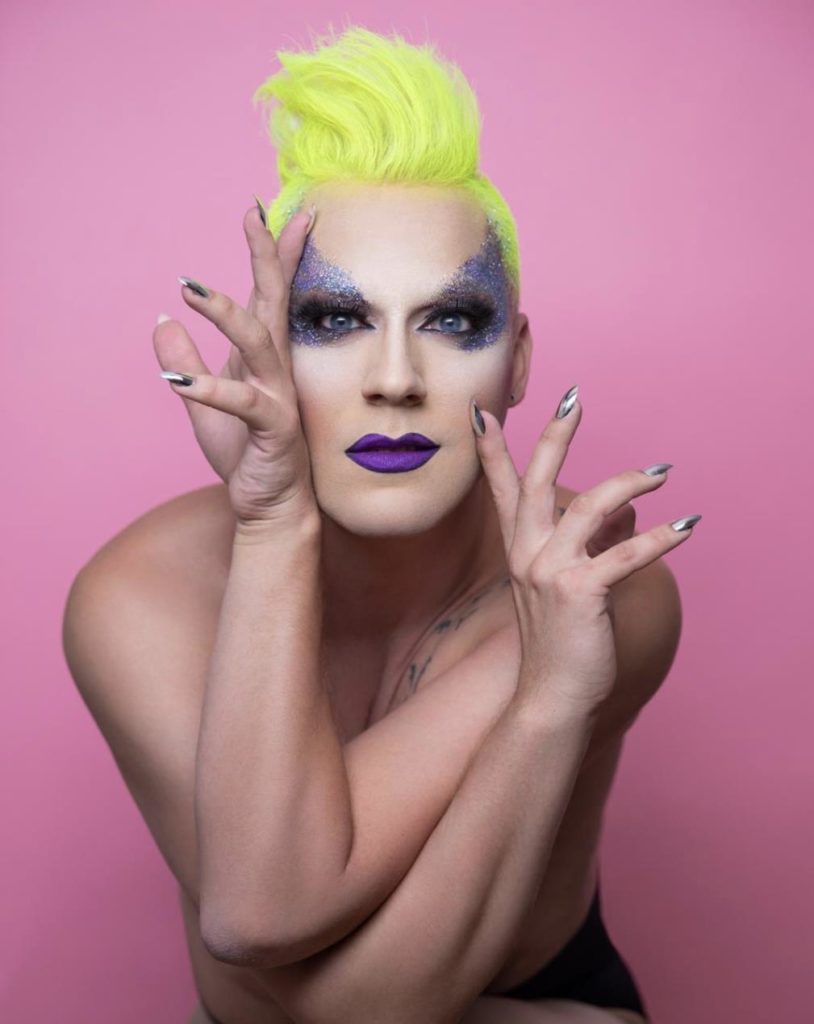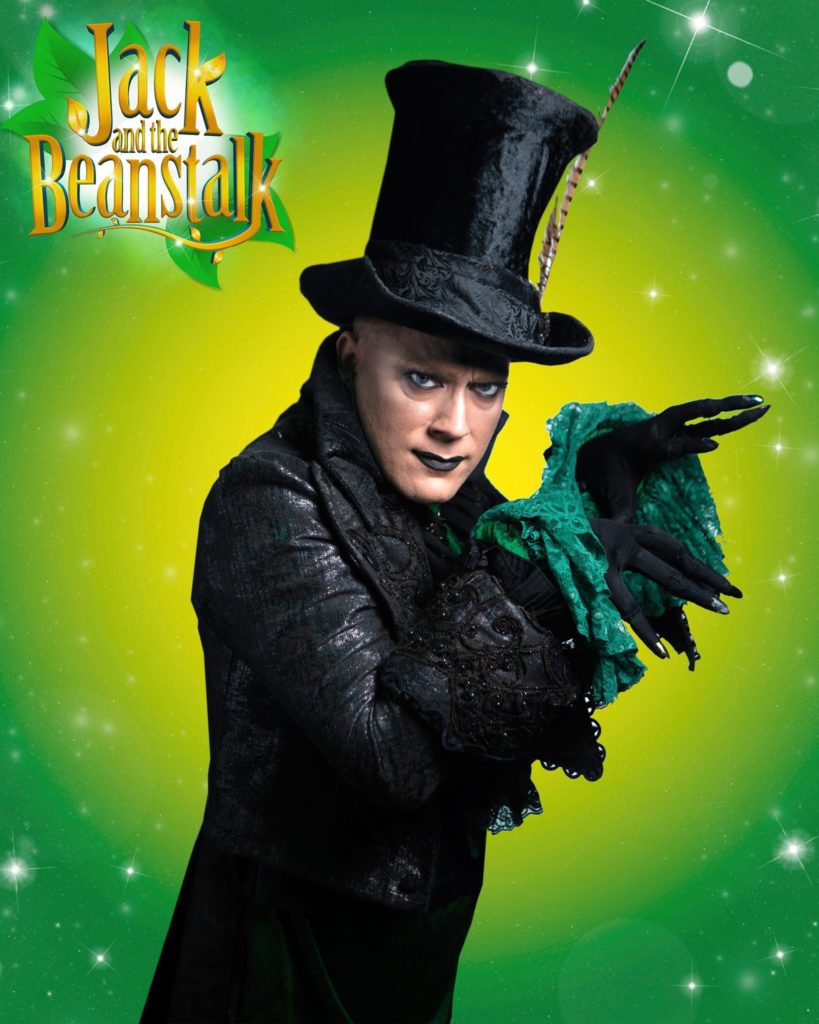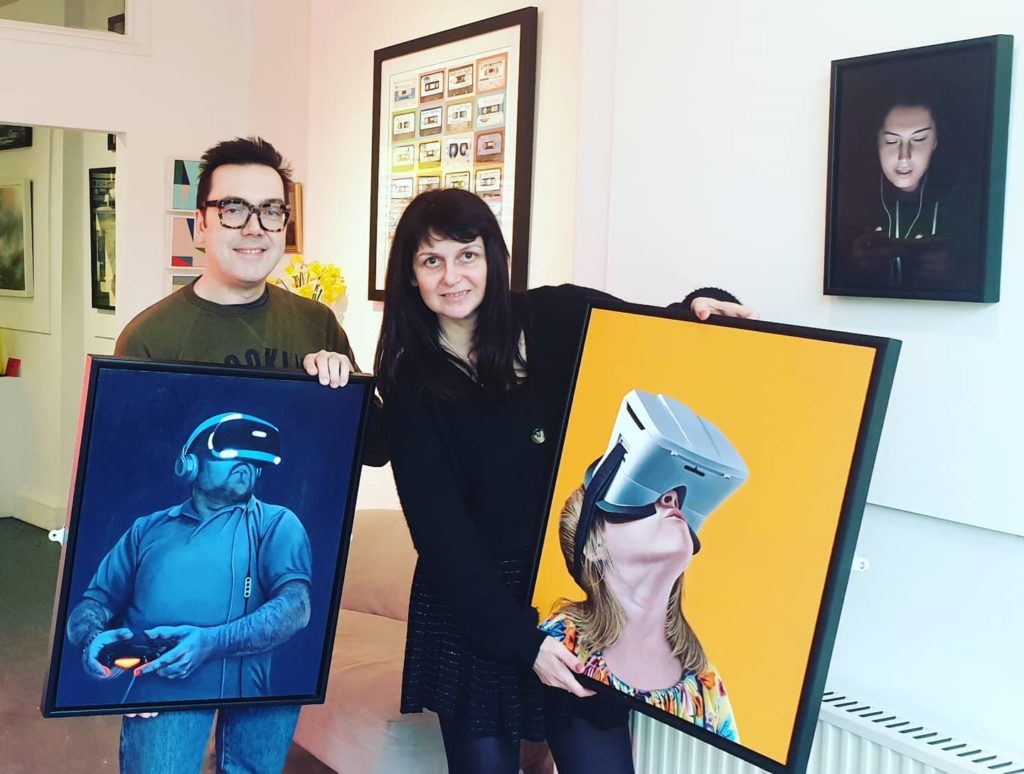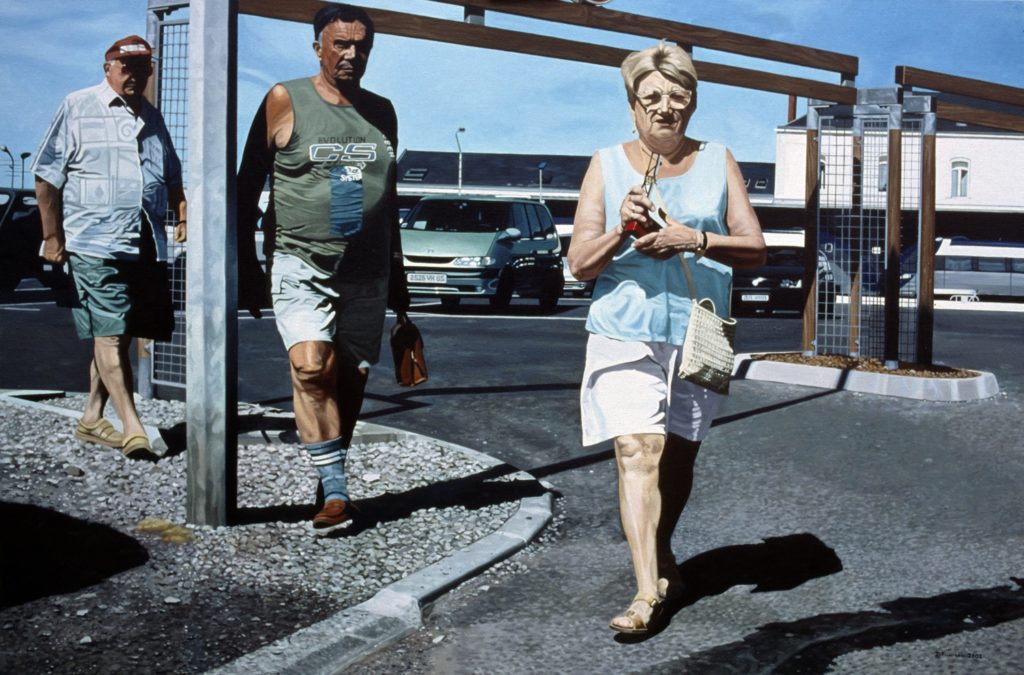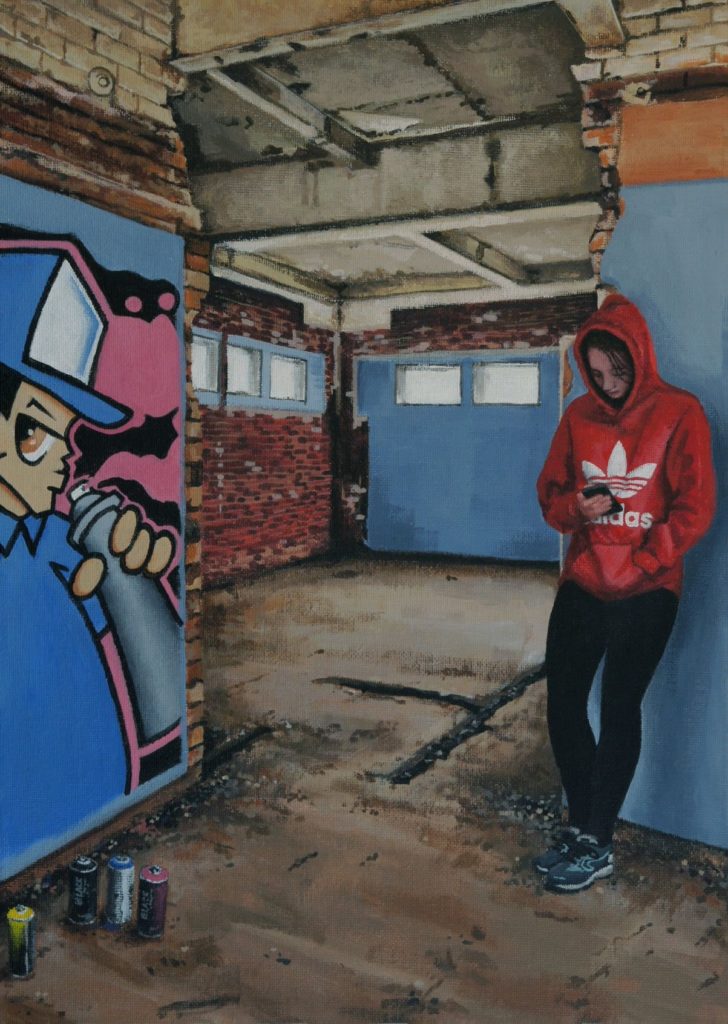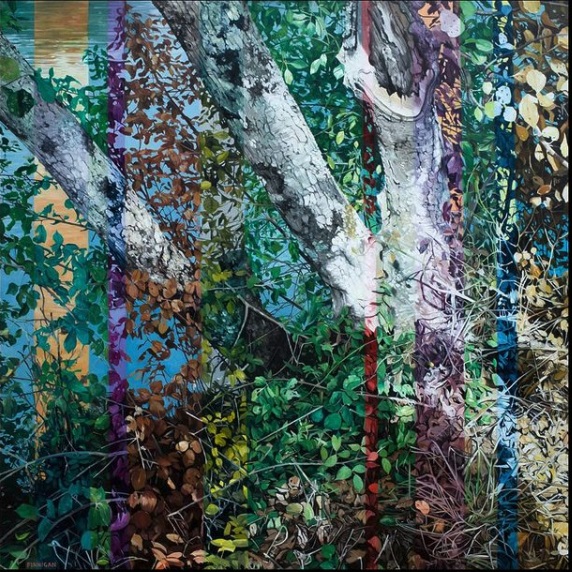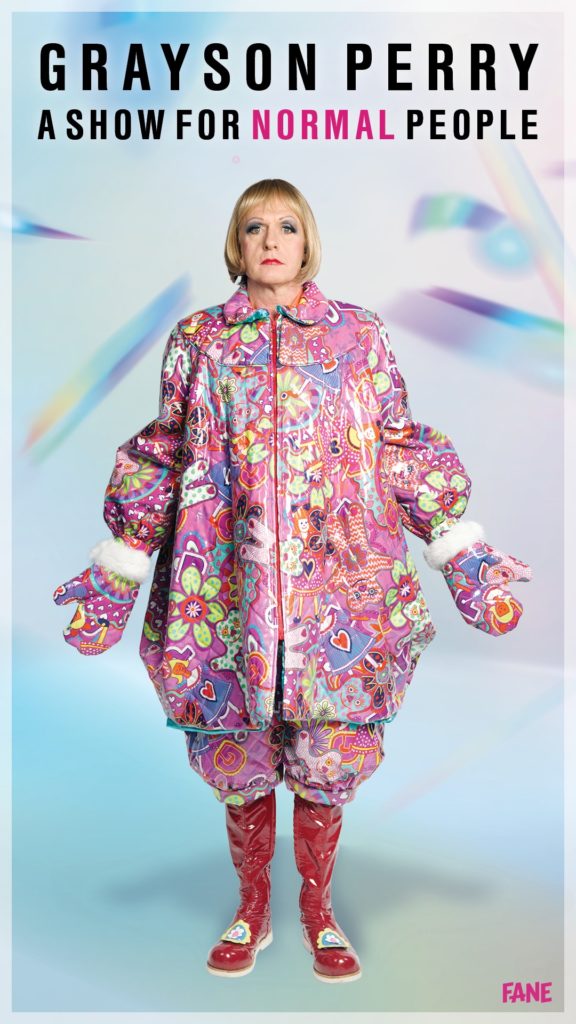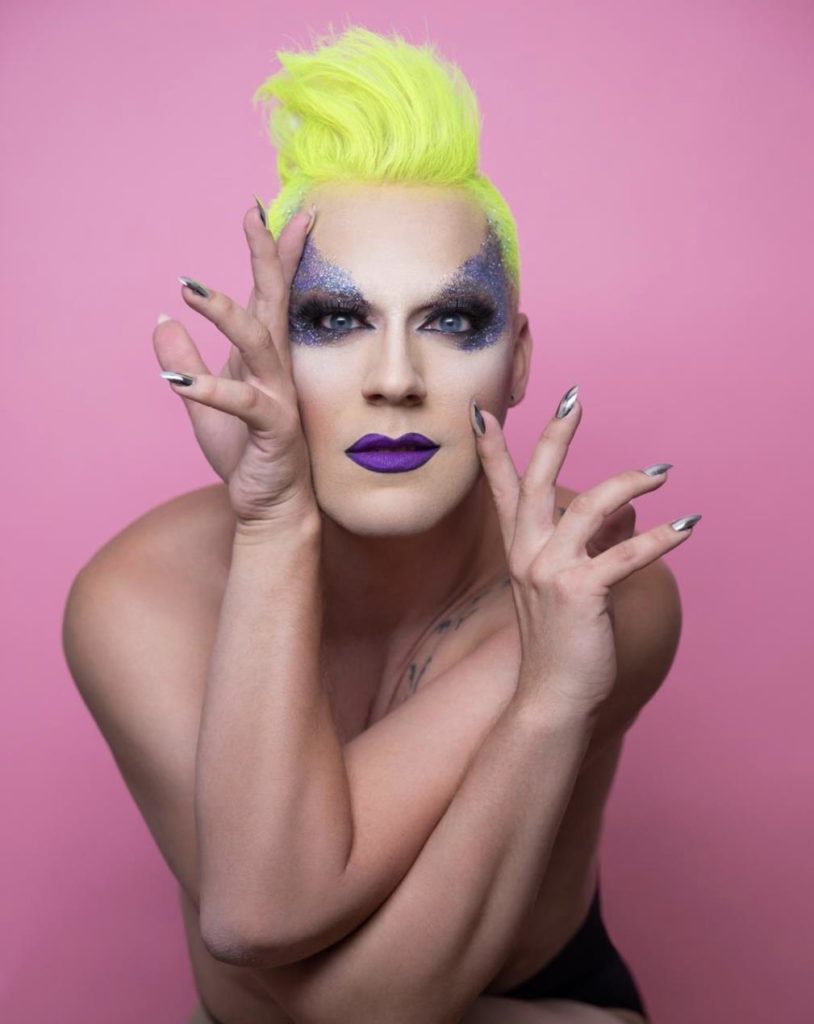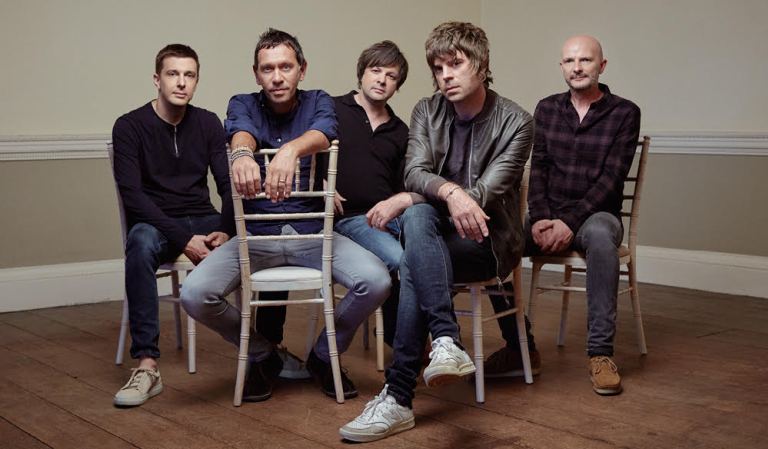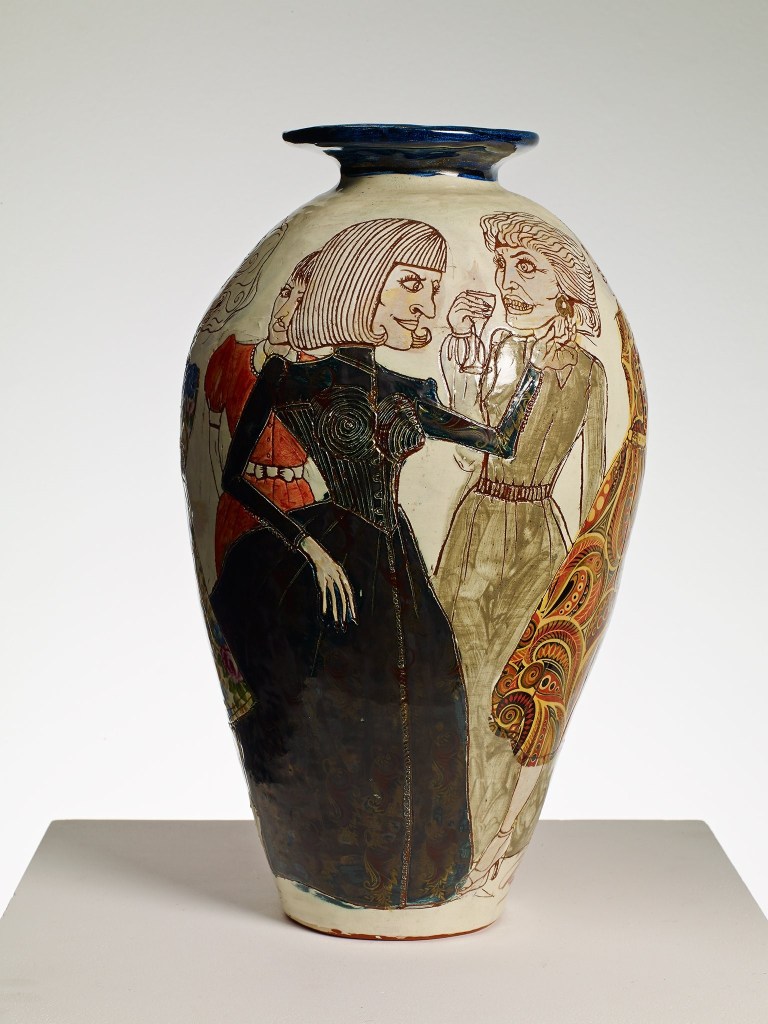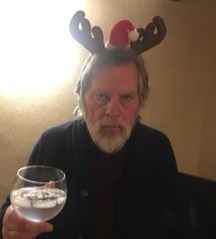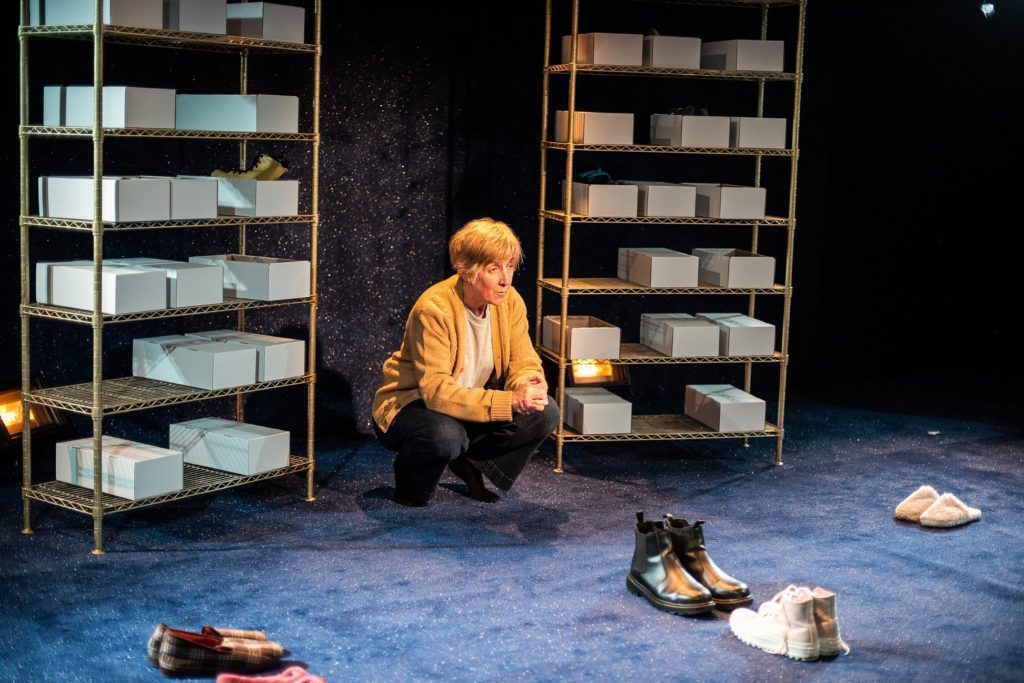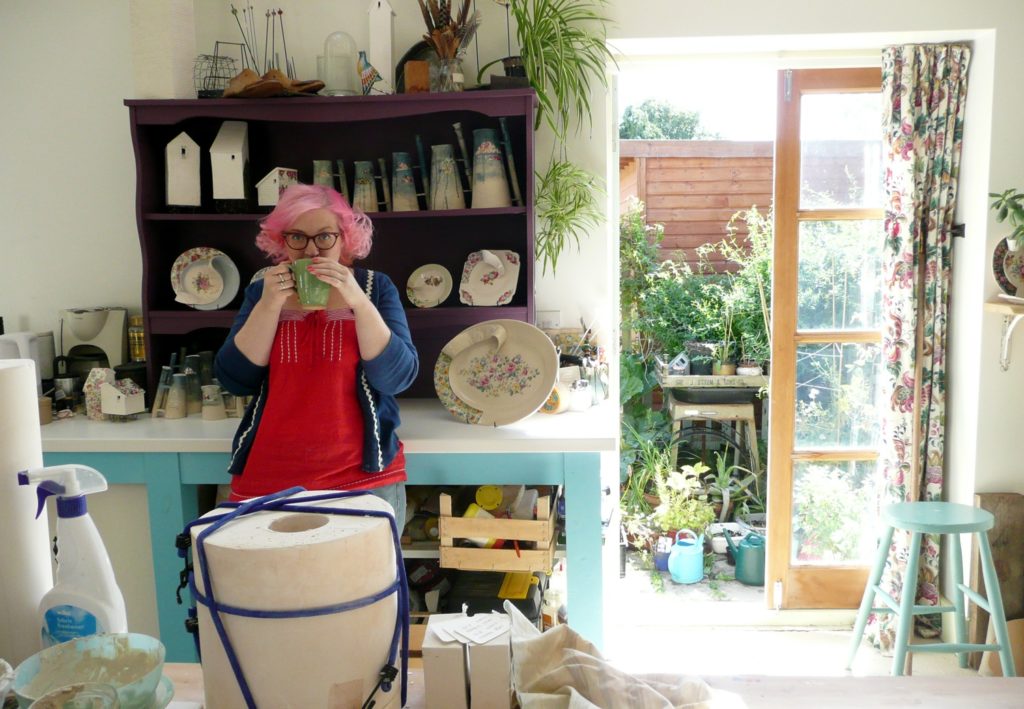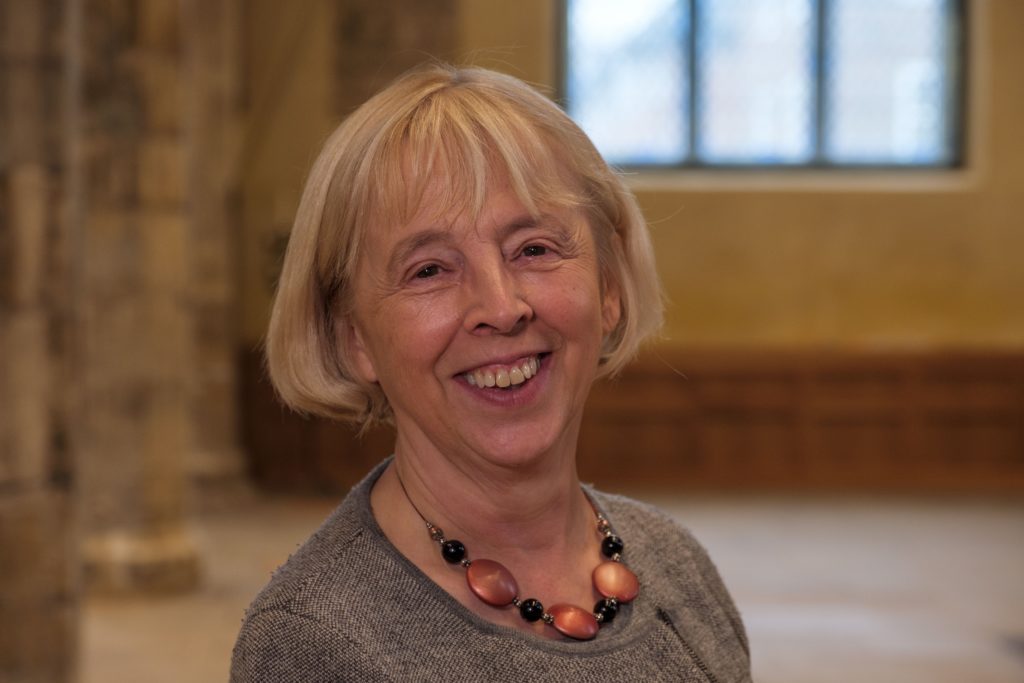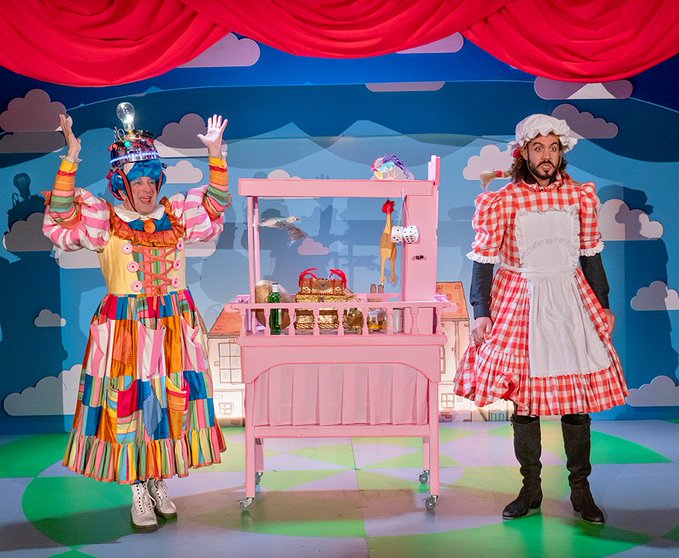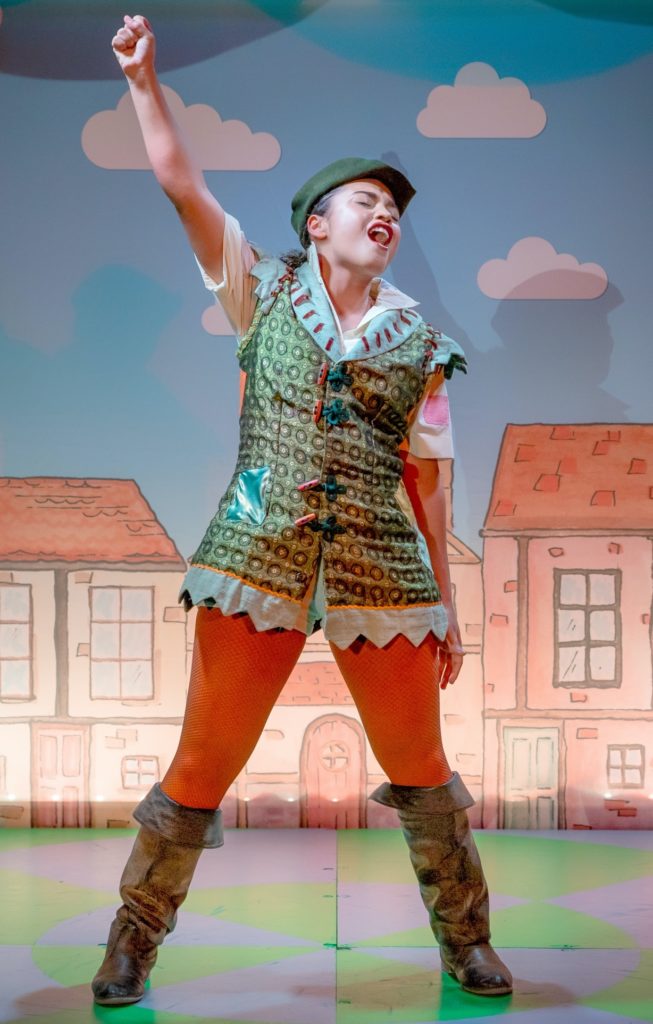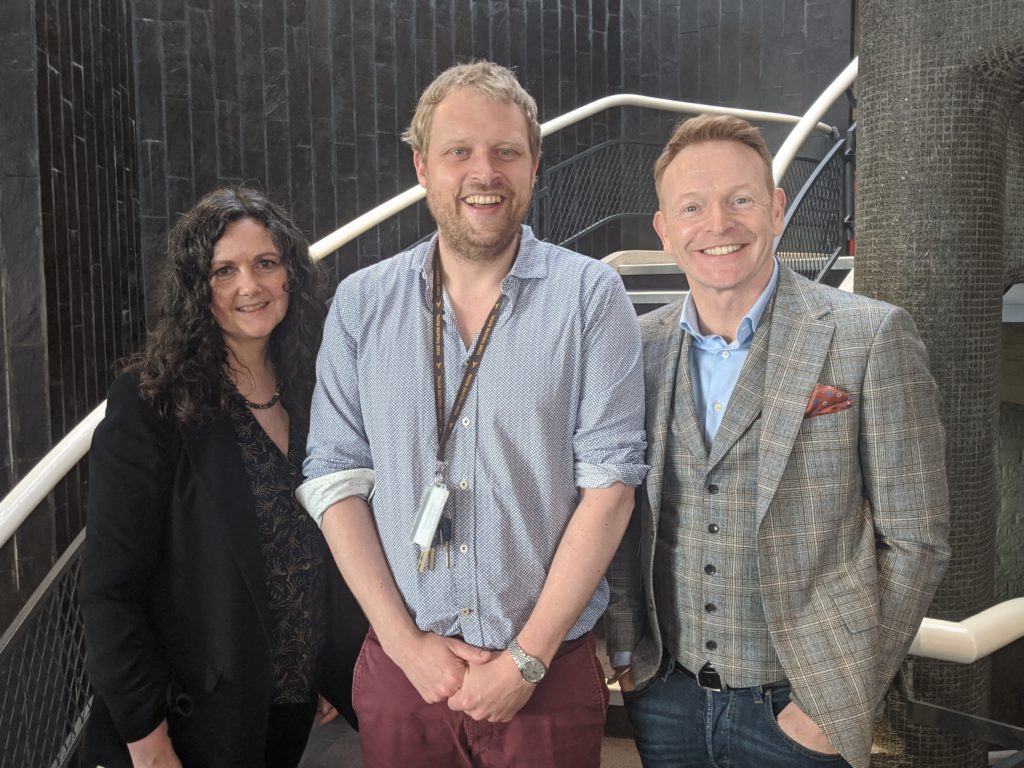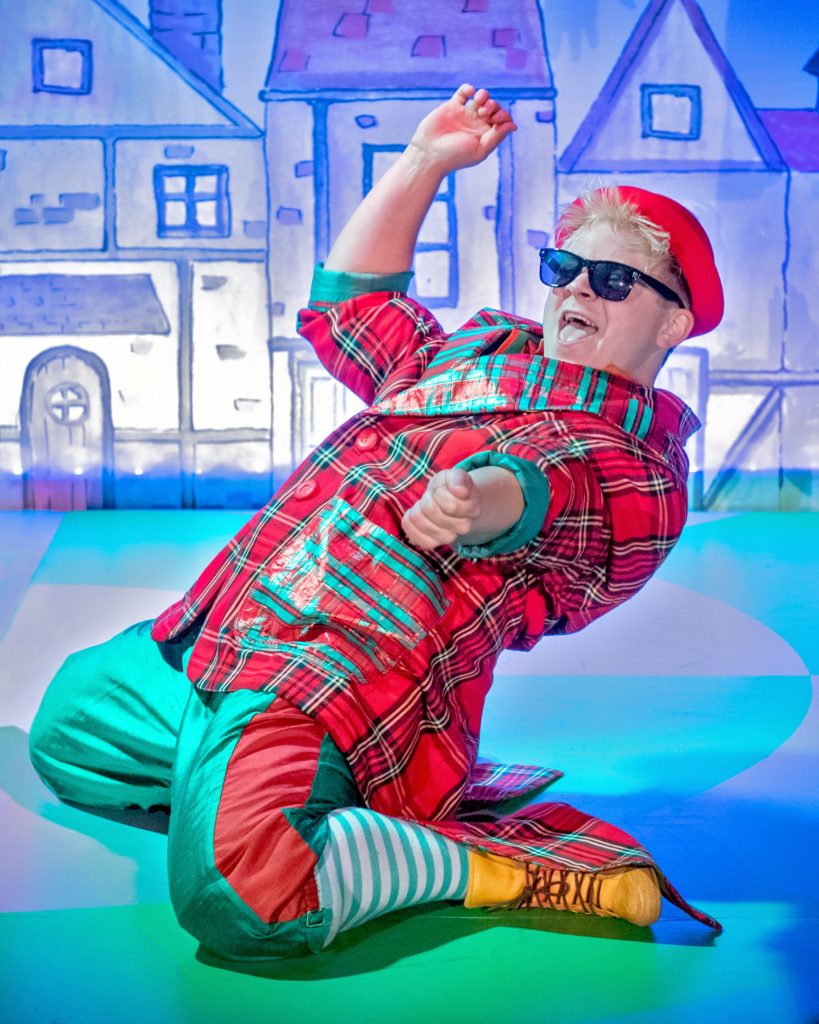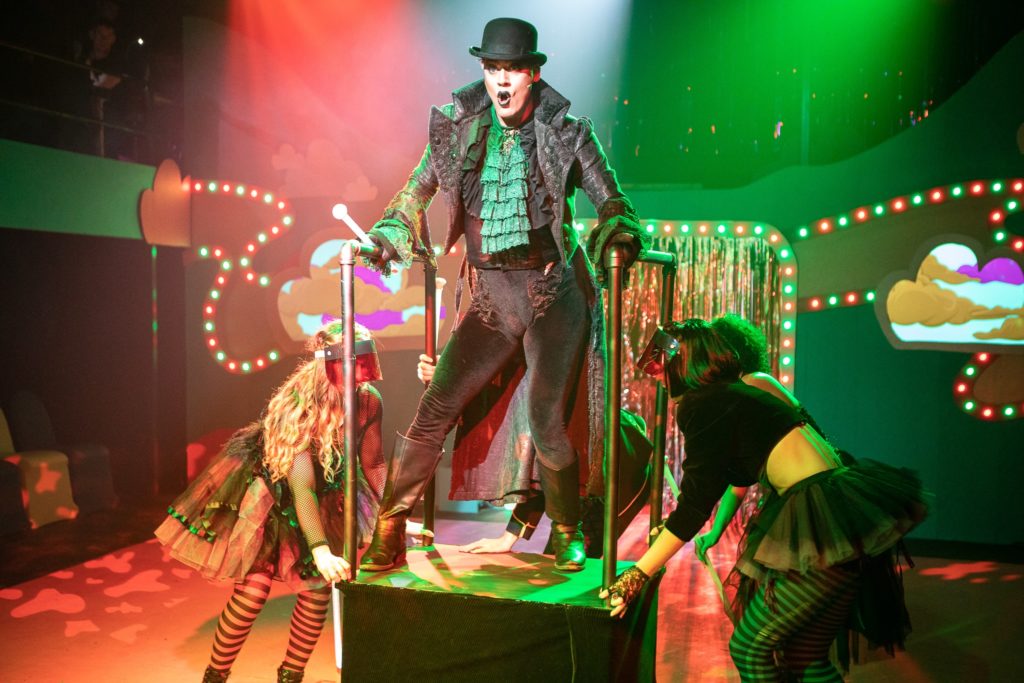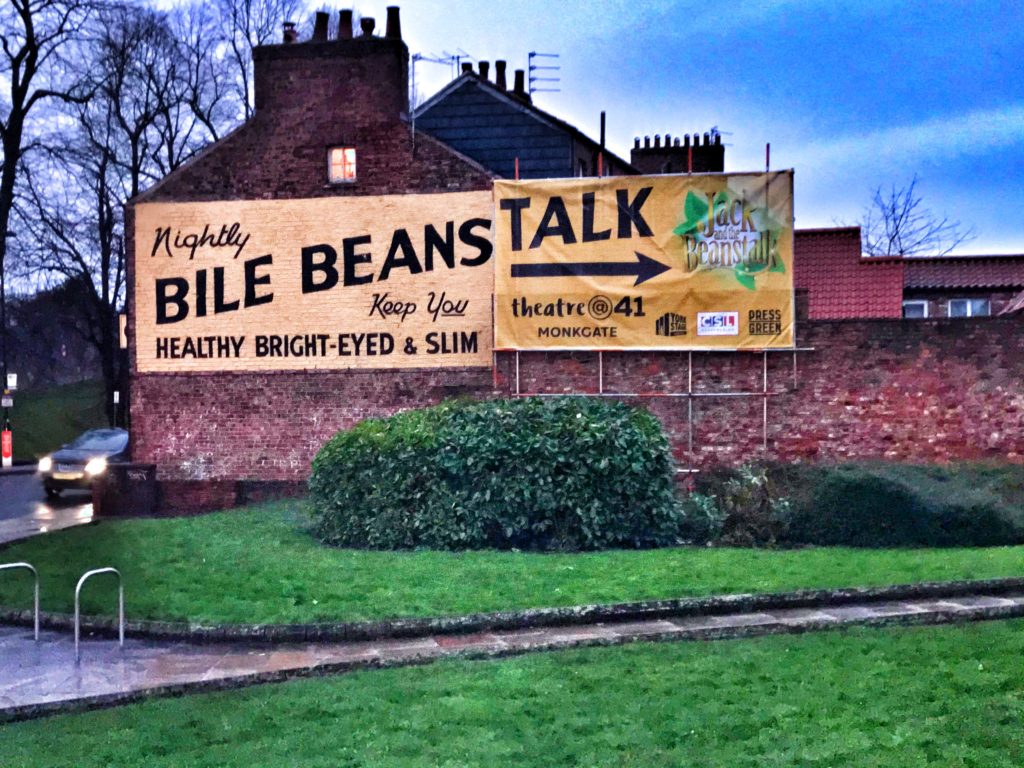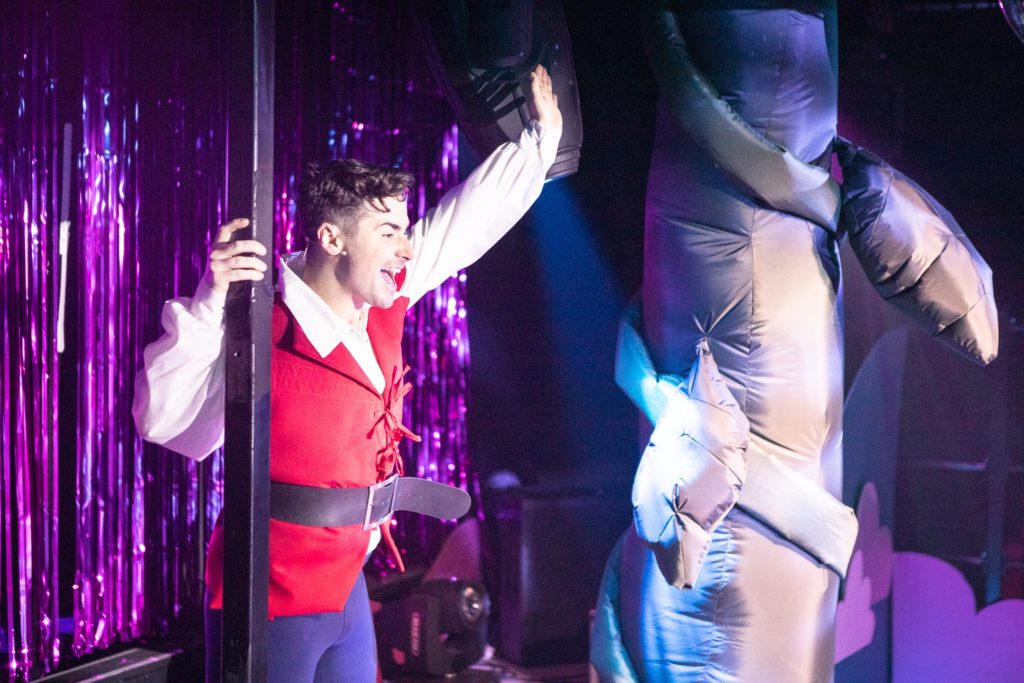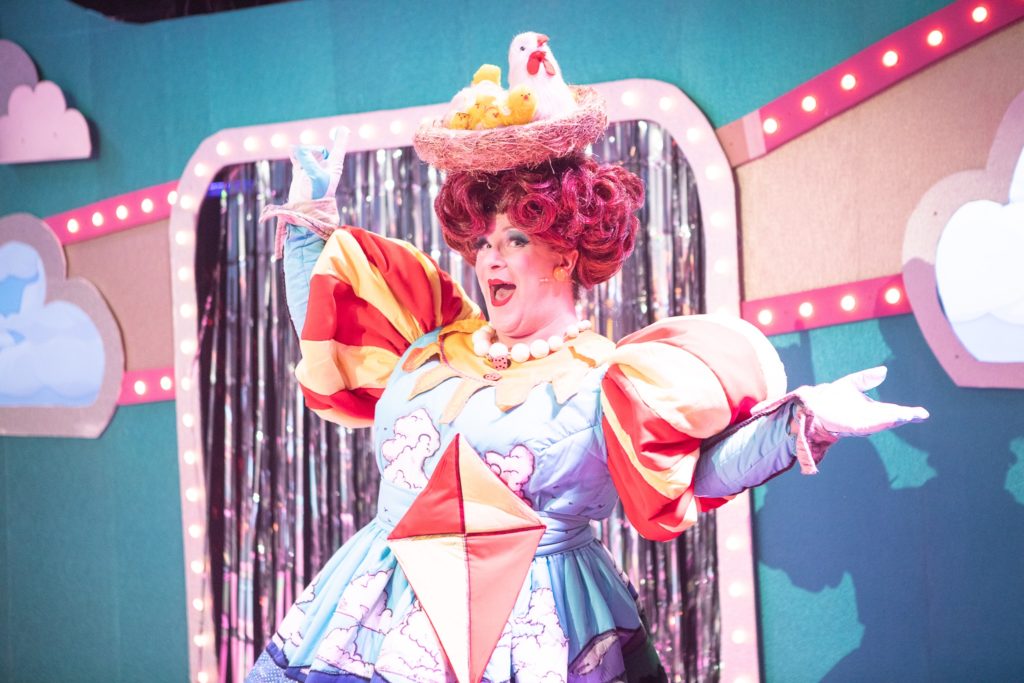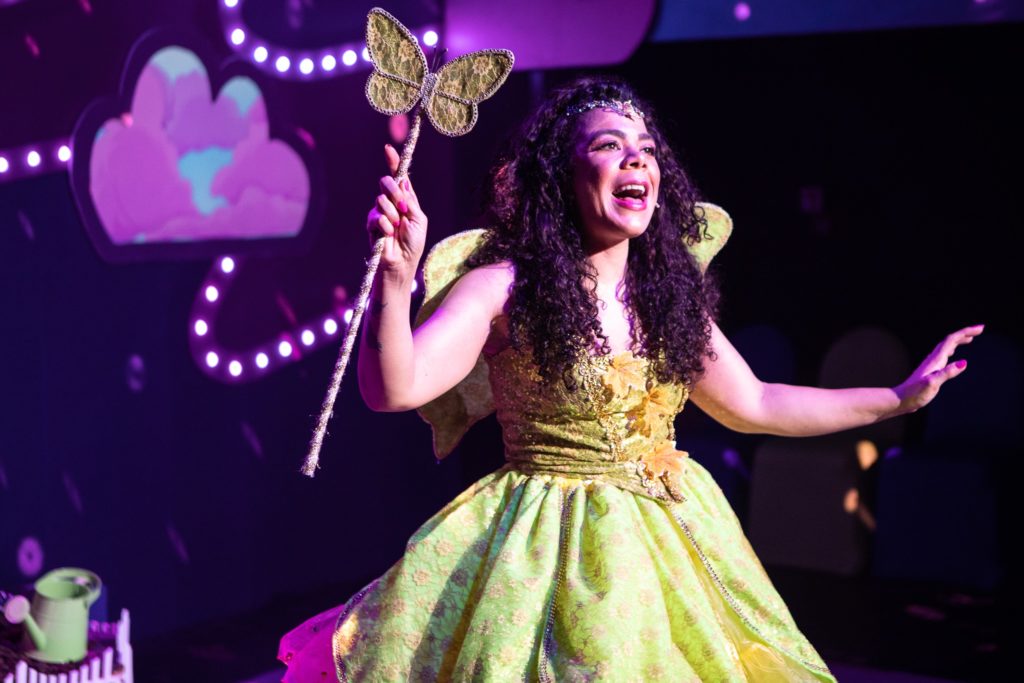
YOUR Place Comedy is back for another Stay Home season of remote double bills in Lockdown 3, kicking off on January 24 with Josie Long and Ahir Shah.
“While it wasn’t deliberately timed, another lockdown has brought another round of Your Place Comedy – or, if you’re a conspiracy theorist, another round of Your Place Comedy has ushered in another lockdown,” says virtual comedy club organiser Chris Jones, Selby Town Council’s arts officer.
“We’re back, broadcasting from comedians’ living rooms, kitchens and attics or, as was the case with Lucy Beaumont, her homemade pub.”
Streamed gigs are booked in for January 24, February 28 and March 28. “Line-ups for instalments two and three are yet to be confirmed, but I’m thrilled to say that we’ve got the utterly brilliant and terrifyingly intelligent Josie Long and Ahir Shah signed up for the first show,” says Chris
“Between them they have no fewer than five nominations for the Edinburgh Comedy Award.
“Josie is one of the most respected and unique comedy voices of her generation. Winning the BBC New Comedy Award at the age of just 17 and crowned Best Newcomer at the Edinburgh Comedy Awards in 2006, she became only the third act to achieve three successive Best Show nominations.”
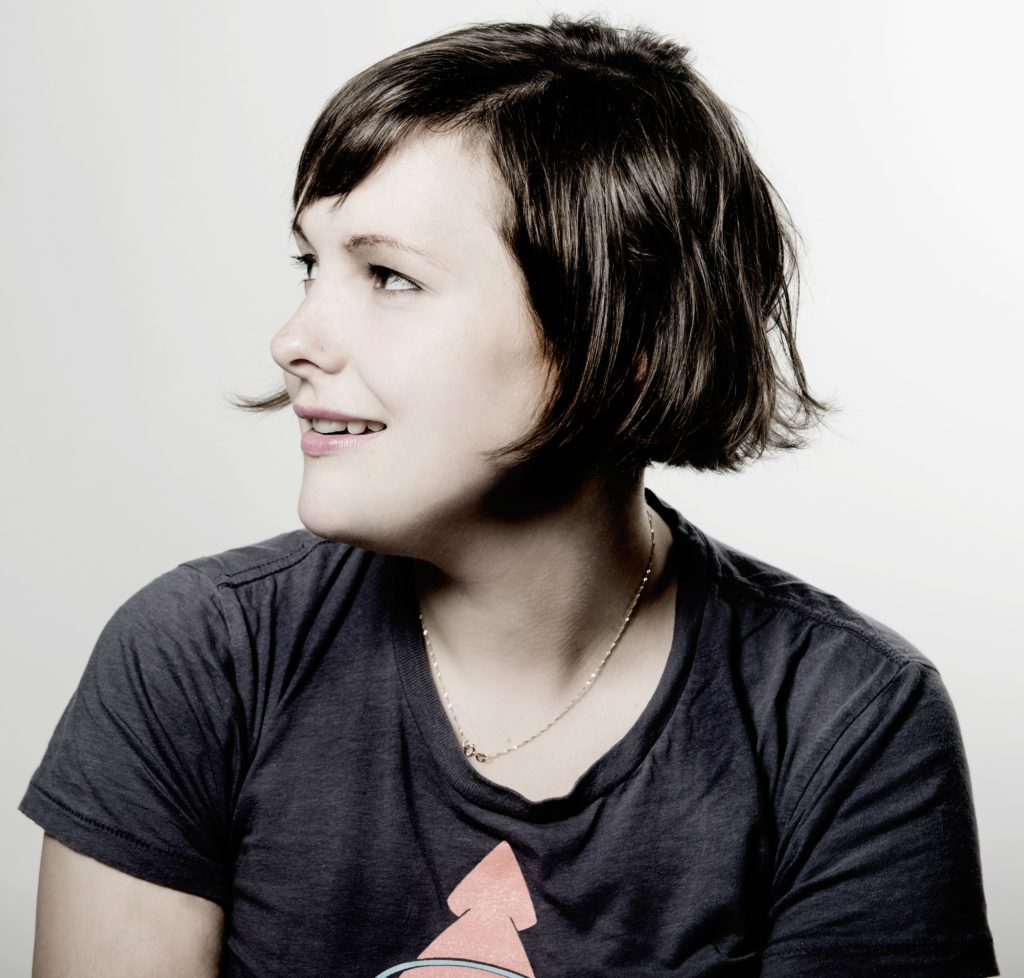
Josie has appeared on The News Quiz, Just A Minute, Never Mind The Buzzcocks, 8 Out Of 10 Cats and Drunk History, as well as writing and presenting several series of her own BBC Radio 4 show, Short Cuts.
Chris says of the fast-rising comic talent of Ahir Shah: “He’s one of the sharpest new political comics on the circuit. His sharp, intellectual blend of philosophical inquiry, political vigour and hard-hitting gags has seen him twice nominated for Best Show at the Edinburgh Comedy Awards, while his latest stand-up hour has been recorded as a special for American streaming platform HBO Max.”
Ahir is a writer and regular feature host for The Mash Report and has appeared on The Now Show, Stand Up Central, Frankie Boyle’s New World Order, Campus and Catastrophe.
Looking forward to the January 24 re-launch, Chris says: “The format remains the same: two headline comedians, some stand-up and some chat, all skilfully juggled by regular compere Tim FitzHigham, writer and star of BBC Radio 4’s The Gambler, presenter of CBBC’s Super Human Challenge and Edinburgh Comedy Award Best Newcomer nominee.
“The shows will still be free to watch on YouTube and Twitch but with donations keenly encouraged. The performers all get paid at a time when live work is otherwise non-existent, and any profits are split between the organising venues, all of whom have been forced to close in the pandemic and now face continued uncertainty as lockdown regulations once again prevent theatres from opening.”
A collective of 12 small, independent venues from across Yorkshire and the Humber Twelve venues are involved in Your Place Comedy Season 3. Howden’s Shire Hall has dropped out because all staff are furloughed – “they’re still very supportive but didn’t want to feel like they were riding on the coattails of everyone else’s work,” says Chris – and newly on board are The Civic, Barnsley, Seven Arts, Chapel Allerton, Leeds, and Rural Arts, at The Courthouse, Thirsk.

Participating from the start have been Selby Town Hall and Otley Courthouse (the two venues programmed by Chris); Ropewalk, Barton upon Humber; East Riding Theatre, Beverley; Junction, Goole; Helmsley Arts Centre; The Carriageworks Theatre, Leeds; Pocklington Arts Centre and Rotherham Theatres.
Set up as one of the first live-stream projects of the lockdown era, Your Place Comedy began last April when the first virtual show, starring Mark Watson and Hull humorist Lucy Beaumont, was watched by 3,500 people and raised more than £3,500 for the venues.
Designed to enable theatres and arts centres to continue presenting performances while their doors remain shut, this online platform has gone on to host Simon Brodkin and Maisie Adam, Jo Caulfield and Simon Evans, Paul Sinha and Angela Barnes, Shappi Khorsandi and Justin Moorhouse and, in the last bill on October 25, Robin Ince and Laura Lexx, all delivering intimate sets live from their own homes.
Chris concludes: “As the live entertainment industry continues to grapple with challenges presented by periods of enforced closure and frequent changes in regulations, I’m delighted that a group of small venues, all facing the same dilemmas and insecurity, have pooled their resources to put live comedy on phones, tablets, laptops and TVs around the region, delivered by the kinds of acts who would usually grace their stages.
“The first series of shows grew into something rather distinct: warm and intimate with a mix of chat and stand-up from top comedy names, all held together by genial host Tim FitzHigham.
“So, I’m thrilled to bits that Josie and Ahir have agreed to headline our first show of 2021. It looks set to be a lovely night in for comedy fans…and all for free. What’s not to like!”
For full details on Your Place Comedy, and to find out how to watch the show, go to: yourplacecomedy.co.uk.



